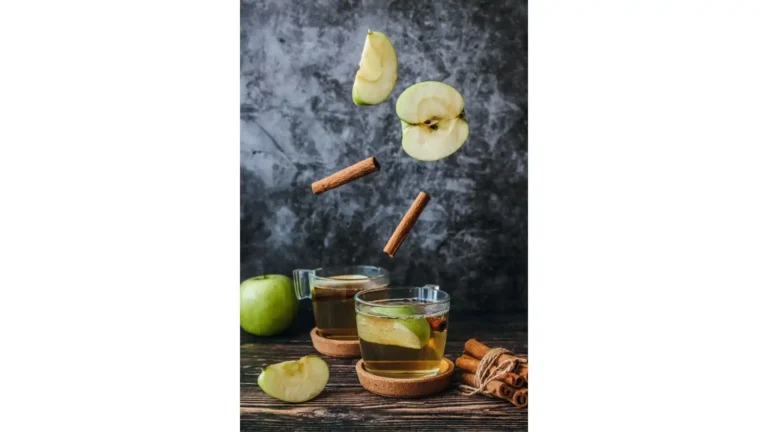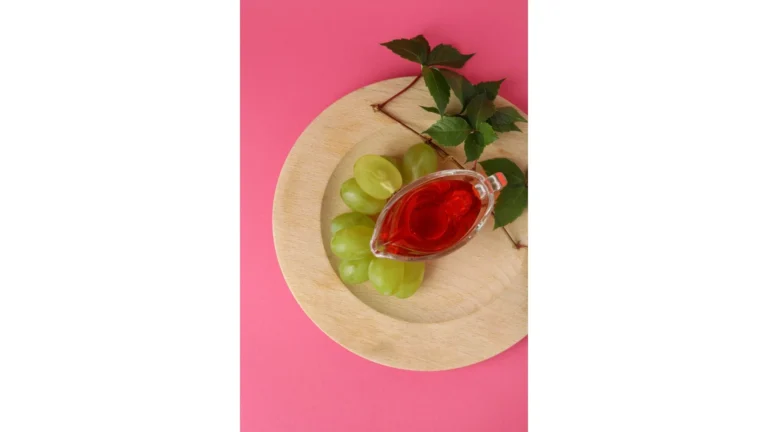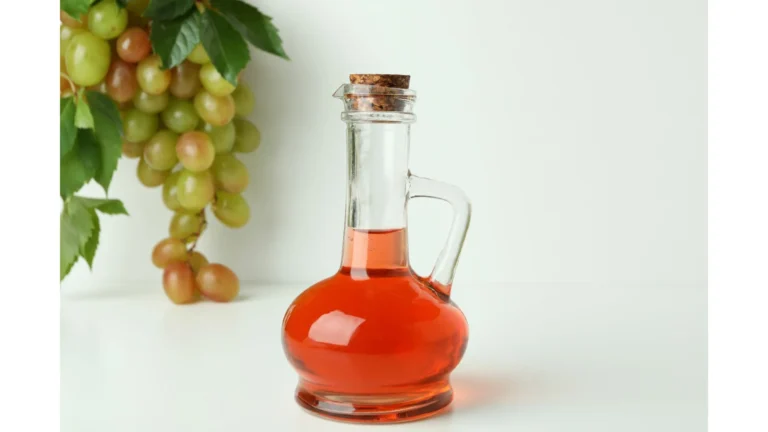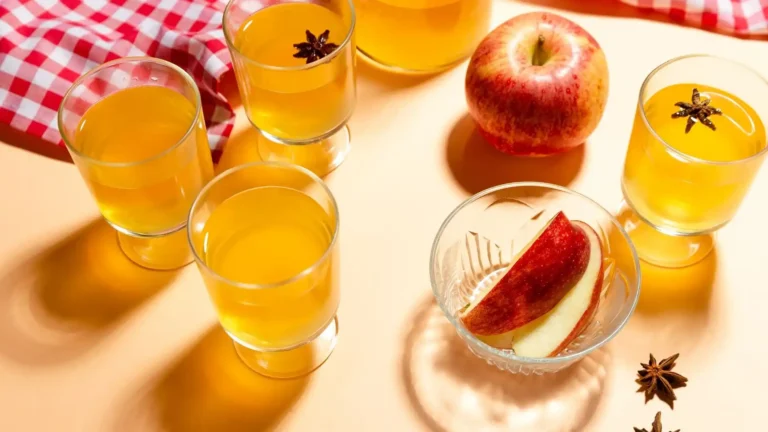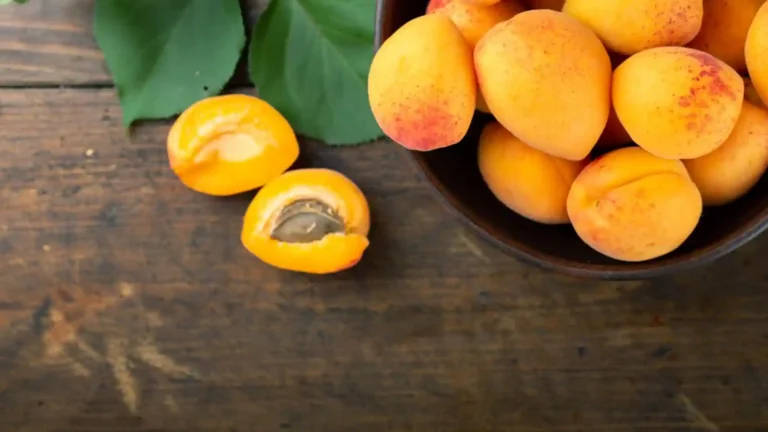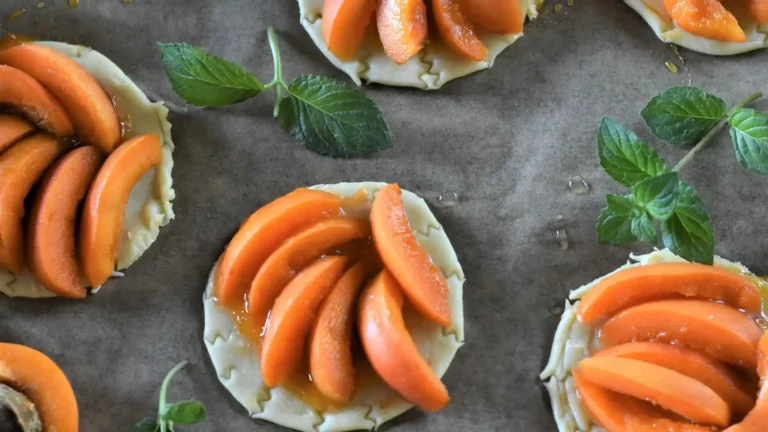In this article, we delve into how to make apricot jam, a delightful preserve that captures the essence of summer in a jar. Homemade jam stands out for its rich, authentic flavors and the satisfaction of creating something from scratch.
Making apricot jam is a simple pleasure, accessible to cooks of all levels. With just a few ingredients and a bit of time, you can transform ripe apricots into a delicious spread that brightens up any breakfast or snack. Join us as we explore the steps to creating this homemade treasure.
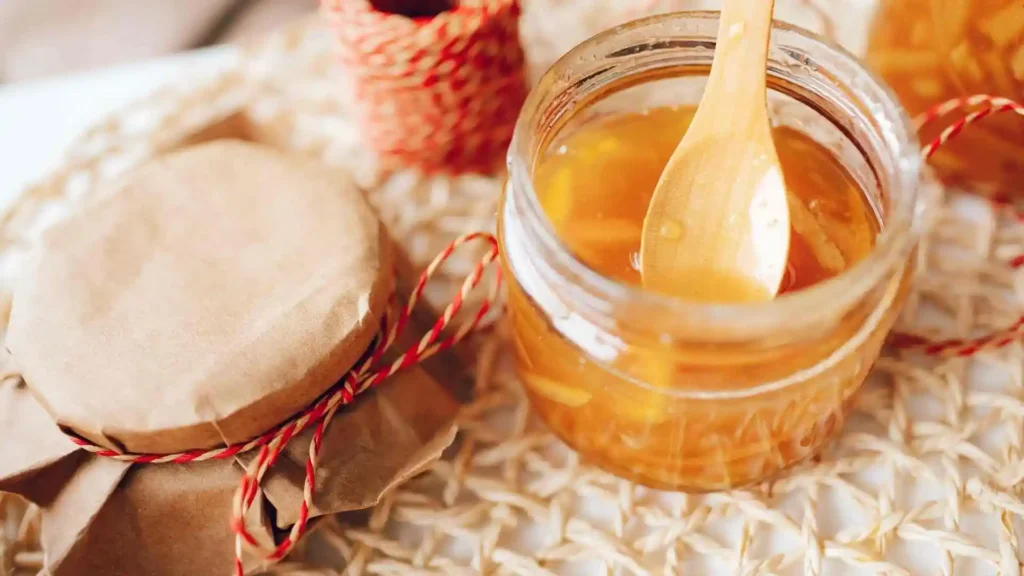
Ingredients Needed
To make the Apricot Jam you’ll require the following:
1) One kilogram of fresh apricots
2) 700 grams of sugar
3) Juice of one large lemon
4) One tablespoon of pectin for those preferring a thicker consistency. (Optional)
Apricots, the star of this recipe, provide the jam’s primary flavor and natural sweetness. Sugar not only sweetens the jam but also acts as a preservative, ensuring your jam lasts longer. The lemon juice adds a touch of acidity, balancing the sweetness and helping to set the jam by reacting with the natural pectin found in apricots. For those desiring a firmer set, adding pectin, a natural gelling agent, can achieve the desired consistency.
Equipment Required
The essential tools for the process of making apricot jam include the following:
- A large pot for cooking the jam
- Jars with lids for storage
3. A funnel to facilitate filling - A ladle for transferring the jam
- A canning rack for processing the jar.
The large pot is crucial for cooking the jam evenly, while jars and lids are necessary for storing your jam safely. A funnel and ladle make the filling process clean and efficient. The canning rack, used during the sterilization process, ensures jars are kept off the bottom of the pot to prevent breakage.
For those without a canning rack, a kitchen towel placed at the bottom of the pot can serve as a substitute, offering a buffer to protect the jars during boiling. These tools, whether specialized or improvised, are key to making delicious apricot jam at home.
Step-by-Step Apricot Jam Recipe
The step-by-step apricot jam recipe unfolds as follows:
Preparation:
- Begin by washing 1 kilogram of apricots thoroughly. Cut them in half, remove the pits, and chop them into smaller pieces if desired.
- Sterilize jars and lids by boiling them in a large pot for at least 10 minutes. Use a canning rack or kitchen towel at the bottom to prevent the jars from touching the pot directly.
Cooking:
- In a large pot, combine the prepared apricots with 700 grams of sugar and the juice of one large lemon. If using, add 1 tablespoon of pectin.
- Cook over medium heat, stirring occasionally, until the sugar dissolves. Increase the heat and bring the mixture to a boil. Let it boil vigorously for about 20-25 minutes, or until the mixture thickens and passes the “wrinkle test” (a small amount of jam placed on a cold plate will wrinkle when pushed).
- Skim off any foam that forms on the surface during cooking to ensure a clear jam.
Canning:
- Remove the sterilized jars from the pot using jar lifters or tongs and place them on a clean towel.
- Use a funnel and ladle to fill the jars with the hot jam, leaving a 1/4 inch headspace from the top.
- Wipe the rims of the jars with a clean, damp cloth to remove any spilled jam. Place the sterilized lids on top and screw on the bands until finger-tight.
- Process the filled jars in a boiling water bath for 10 minutes to seal. Ensure the jars are covered by at least an inch of water during processing.
- Carefully remove the jars from the pot and let them cool on a towel, undisturbed, for 12-24 hours. Check the seals before storing.
- This step-by-step guide ensures you enjoy homemade apricot jam with the perfect balance of sweetness and tartness, ready to spread on your favorite treats.
Tips for a Perfect Jam Every Time
Ensuring a perfect jam every time involves mastering a few key techniques and solutions for common issues:
Testing Jam Doneness:
To test the doneness of the jam, you can use the “wrinkle test” by chilling a plate in the deep freezer. Spoon a small amount of jam onto the plate, return it to the freezer for a minute, then push it with your finger. If the surface wrinkles, the jam is done.
Another method is the “spoon test,” where you observe how the jam drips off a spoon. When it falls off in one large droplet, it’s ready.
Fixing Common Issues:
If your jam is too runny, return it to the heat. Add a small amount of lemon juice or pectin, and boil it for a few more minutes. The acid or pectin can help thicken the jam.
For jam that’s too thick, gently heat it while stirring in a little water until you reach the desired consistency.
Additional Tips:
- Always start with ripe, high-quality apricots for the best flavor.
- Keep a close eye on the cooking process to prevent burning. It is suggested to stir the jam frequently and adjust the heat as needed.
- Sterilizing jars properly is crucial to prevent mold and ensure the jam lasts longer.
By following these tips, you can achieve delicious, perfectly set apricot jam that acts as the perfect condiment for any meal or snack.
Customizing Your Jam
Customizing your jam allows for creative expression and personal preference to shine through in your apricot jam recipe.
For an aromatic twist, consider adding a teaspoon of vanilla extract or almond extract after the jam has finished cooking. These flavors complement the natural sweetness of apricots beautifully. For a more evolved version for adults, a tablespoon of bourbon added near the end of cooking can introduce a rich, complex flavor.
If you prefer your jam less sweet, reduce the sugar slightly and increase the lemon juice to balance the flavors. For those who enjoy a spicier touch, adding a pinch of cinnamon, nutmeg, or even cardamom can transform your apricot jam into a warmly spiced delight.
Simply try these adjustments and tailor the jam to your taste. You can experiment with diverse flavors and unique combinations each time, to elevate your breakfasts or desserts.
Storing Your Apricot Jam
Storing your apricot jam correctly ensures its freshness and longevity.
Once sealed and cooled, unopened jars of apricot jam can be stored in a cool, dark pantry for up to one year. After opening, refrigeration is necessary, where the jam will remain good for up to three months.
For longer storage, freezing the jam is an option. Ensure to leave some space at the top of jars to allow for expansion and store them in the freezer for up to a year.
The shelf life of apricot jam depends on its storage conditions. To tell if your jam has gone bad, look for signs such as mold growth, an unusual odor, or a change in color. If the jam appears to have fermented or the seal on the jar is broken, it’s best to discard it.
Proper storage not only preserves the delightful taste of apricot jam but also maintains its safety for consumption.
Serving Suggestions
Serving apricot jam offers a myriad of delicious possibilities beyond the classic toast topping.
For a sweet and savory twist, use apricot jam as a glaze on grilled chicken or pork. Its fruity acidity complements the richness of the meat beautifully. Apricot jam also finds its place in the heart of pastries; a dollop inside croissants or thumbprint cookies brings a sweet surprise!
You may also pair apricot jam with cheese to create an exquisite balance of flavors. Try it with creamy brie on a cheese platter or as a complement to sharp cheddar in a sandwich for a gourmet experience. Additionally, apricot jam can elevate your breakfast yogurt or oatmeal with its vibrant flavor.
When considering drink pairings, apricot jam’s sweetness pairs well with sparkling white wines or a cold glass of milk. Combinations like these can bring out the best in your homemade jam, making every bite a delightful experience.

Why Make Your Own Apricot Jam?
Making your own apricot jam offers a wealth of benefits over store-bought varieties.
Homemade jam boasts a superior flavor, bursting with the natural taste of fresh apricots, unlike many store-bought jams that may contain artificial flavors or preservatives. By making jam at home, you control the ingredients, ensuring there are no unwanted additives. You can also adjust the sweetness to your liking, providing a personal touch that can’t be found on grocery store shelves.
The use of fresh, seasonal apricots not only enhances the taste but also connects you to the rhythm of nature, allowing you to savor the peak flavors of the fruit. The satisfaction of transforming these ripe apricots into a beautiful jar of jam is truly unparalleled. It’s a rewarding process that celebrates the joy of cooking and the pleasure of sharing something homemade with friends and family.
Choosing Your Apricots
Choosing your apricots is a critical step in making apricot jam.
For the best jam, select apricots that are ripe and full of flavor. Ripe apricots should be firm yet yield slightly to pressure, with a vibrant orange color and a sweet, fragrant aroma. The variety of apricots can also influence your jam’s flavor profile; some varieties are sweeter, while others offer a balance of sweet and tart. Experimenting with different types can lead to discovering the perfect jam for your tastebuds.
Opting for organic apricots can ensure your jam is free from pesticides and chemicals, though conventional apricots can also be used if they are thoroughly washed. The quality of the apricots directly affects the jam’s final taste; high-quality, ripe apricots result in a richer and more flavorful jam.
Focusing on simple aspects like selecting the right apricots in this process elevates your homemade jam, making it a delicious reflection of the care and ingredients that went into it.
FAQs on Apricot Jam Recipe
How do you make apricot preserves?
Making apricot preserves involves simmering apricots with sugar and lemon juice until the mixture thickens. The process is similar to making jam, but preserves often contain larger chunks of fruit, offering a more textured spread.
How do you keep apricot jam from turning brown?
To prevent apricot jam from turning brown, incorporate lemon juice into the recipe. The ascorbic acid in lemon juice acts as an antioxidant, preserving the jam’s vibrant color. Additionally, storing the jam in a cool, dark place helps maintain its color.
What is the best sugar for jam?
Granulated white sugar is the best choice for making jam due to its refined purity and consistency in sweetness. It dissolves easily and helps achieve a clear, bright-colored jam. However, some recipes can accommodate raw or cane sugar, which may impart a slightly different flavor profile.
